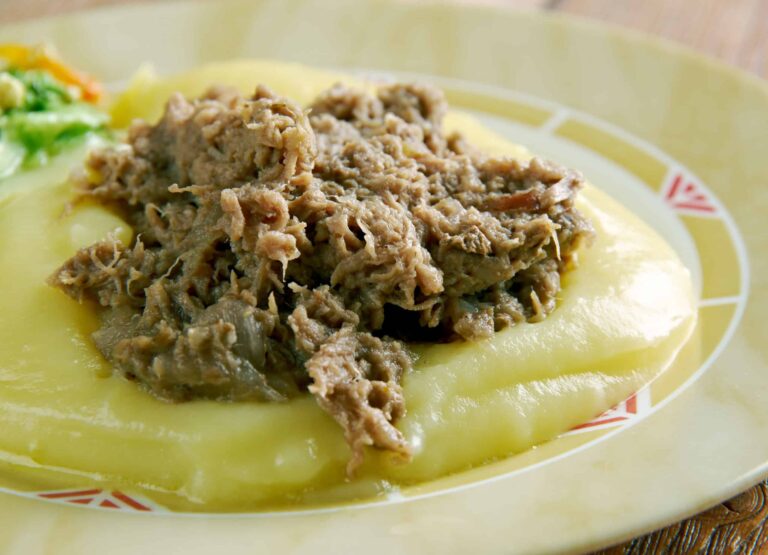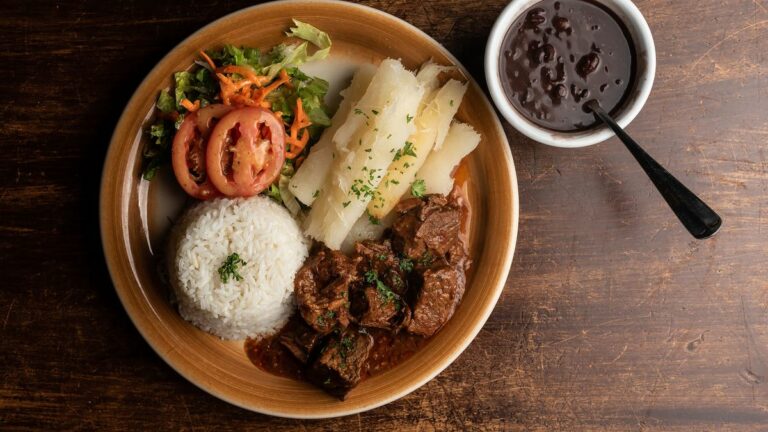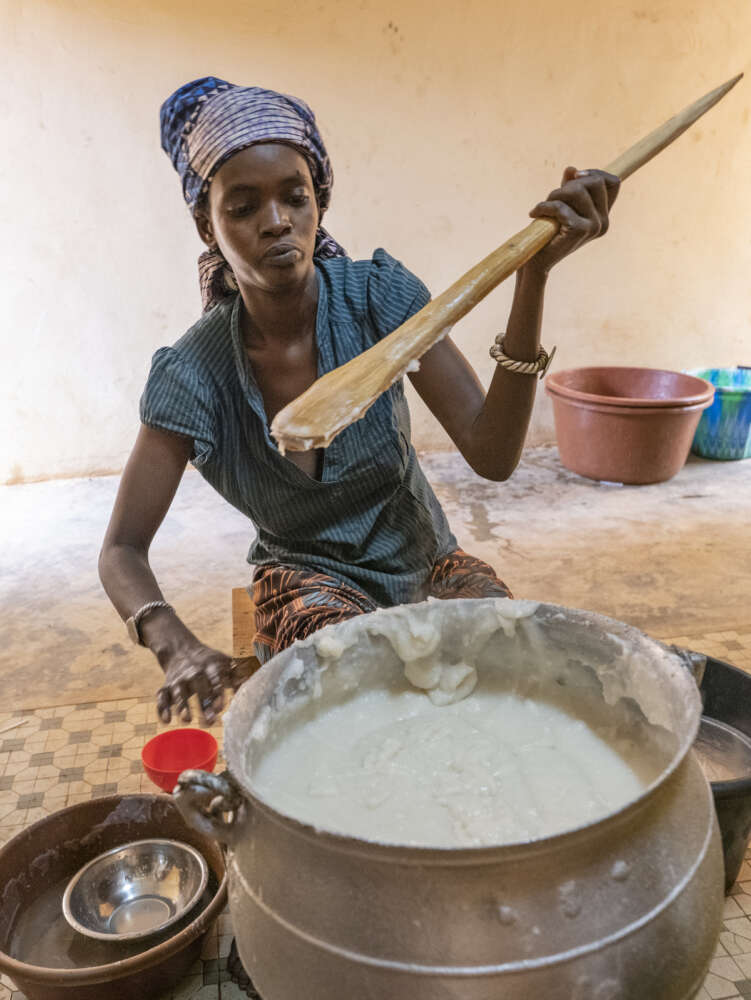Introduction: Bolivia’s Food Culture
Bolivia is known for its diverse food culture that is influenced by various ethnic groups, including the Aymara, Quechua, and Spanish. The traditional Bolivian cuisine is rich in flavors and ingredients, such as quinoa, potatoes, corn, and beans. The country’s cuisine is also popular for its street food and snacks that are enjoyed by locals and visitors alike.
Traditional Bolivian Snacks
Bolivian snacks are a crucial part of the country’s food culture and are widely enjoyed by locals. These snacks come in various shapes, sizes, and flavors and are easily available from street vendors and markets. The snacks are perfect for a quick bite and can be enjoyed as a mid-day snack or as a light meal.
Salteñas: The Popular Empanadas
Salteñas are Bolivia’s most popular snack and are a must-try for visitors. Salteñas are empanadas filled with chicken or beef, potatoes, onions, and spices. The filling is then wrapped in dough and baked until golden brown. The snack is usually eaten with a spoon and can be found everywhere from street vendors to high-end restaurants.
Cuñapes: The Cheese-Filled Bite-Sized Bread
Cuñapes are small, bite-sized bread made from cassava flour and cheese. The snack is popular in Bolivia’s eastern region and is usually served as a breakfast or mid-morning snack. The bread has a crispy exterior and a soft, cheesy interior, making it a perfect snack for cheese lovers.
Sopaipillas: A Sweet and Savory Snack
Sopaipillas are Bolivia’s version of fried dough and are usually enjoyed with a sweet syrup or a savory topping. The dough is made from flour, water, and baking powder and is then fried until crispy. The snack can be found in various sizes and is a popular street food.
Chicharrón: Fried Pork as a Snack
Chicharrón is a popular snack in Bolivia made from fried pork belly or other cuts of meat. The meat is cooked until crispy and served with a side of potatoes and aji sauce. The snack is a perfect on-the-go option and is widely available in street markets and food stalls.
Anticucho: Grilled Beef Kabobs on the Go
Anticucho is a popular snack that is made from grilled beef hearts marinated in spices and served on skewers. The snack is popular in Bolivia’s highlands and is usually enjoyed with a side of potatoes and aji sauce. Anticucho is a perfect snack for meat lovers and is widely available in street markets and food stalls.
Conclusion: Bolivian Snacks Worth Trying
Bolivian snacks are a perfect way to experience the country’s diverse food culture. From the popular Salteñas to the crispy Sopaipillas, Bolivia’s snacks are a perfect on-the-go option for locals and visitors alike. The next time you are in Bolivia, make sure to try these snacks and experience the country’s rich food culture.










